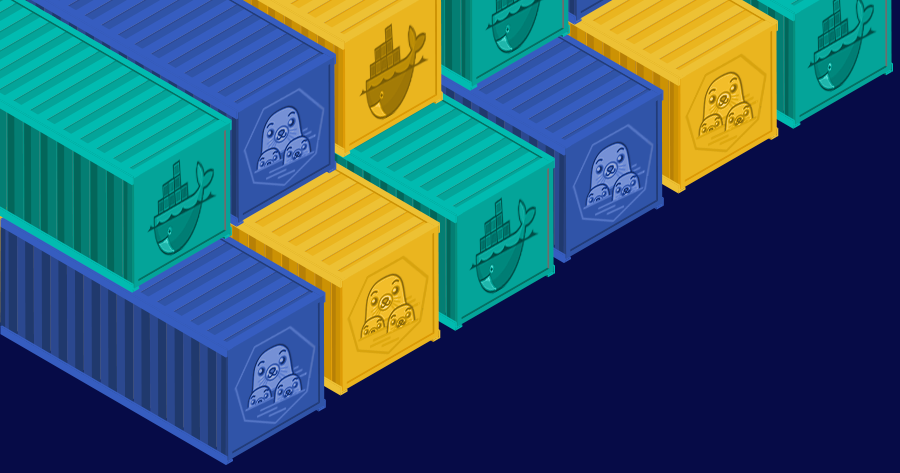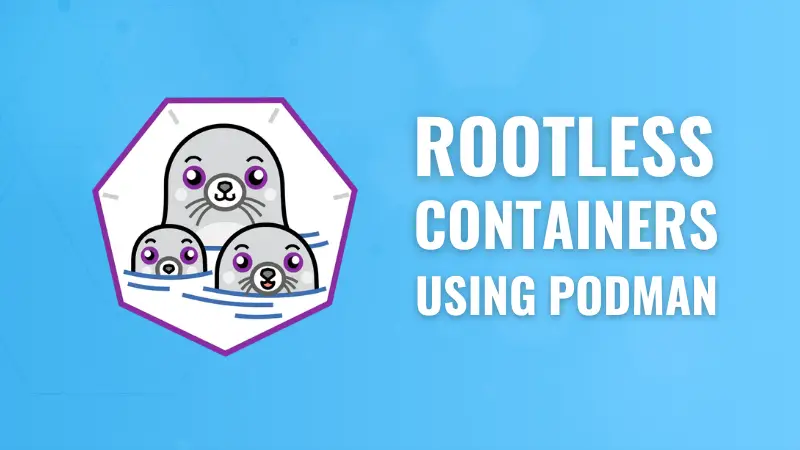Rootless Containers: What They Are and Why You Should Use Them
 Metta Surendhar
Metta Surendhar
Running containers with root privileges has long been recognized as a security risk. When a container operates with root access, it potentially exposes the host system to severe vulnerabilities. If that container is compromised, an attacker could gain root-level control over the entire host, which is why the concept of "rootless" containers is so important.
Rootless Containers: What They Are and Why They Matter
Rootless containers are designed to run without requiring root privileges on the host system. This means that even if a container is breached, the attacker wouldn't gain root access to the host. Rootless containers enhance security by significantly reducing the potential damage that could be done by a compromised container.
Here’s how they work:
User Namespaces: Rootless containers leverage user namespaces, a feature of the Linux kernel that maps user and group IDs within the container to different, non-root IDs on the host. So, even if a process runs as "root" inside the container, it’s actually operating as a non-root user on the host, ensuring the host remains protected.
Control Groups (cgroups): These manage and limit resource usage like CPU, memory, and disk I/O for containerized processes, preventing any single container from consuming too many resources on the host.
Seccomp (Secure Computing Mode): This filters system calls made by containerized applications, restricting what actions they can perform on the host, thereby reducing the attack surface.
SELinux and AppArmor: These are security modules that enforce access controls on containerized processes, further isolating them from the host system.
Why You Should Care About Rootless Operation
Running containers as root is risky business. Any exploit within a container running as root could allow an attacker to break out of the container and gain root access to your host. This could spell disaster for the entire system. Rootless containers, on the other hand, are designed to prevent this scenario. Even if an attacker manages to breach the container, they’ll find themselves with limited access and unable to escalate privileges on the host.
How to Check Container Privileges in Docker
If you’re using Docker and want to check if a container is running with root privileges, you can use this command:
bashCopy codedocker run —user root -it my-root-container
Running this command will explicitly start the container as the root user. If the container starts without issues, it’s running with root privileges—something you typically want to avoid in production due to the security risks involved.
To run a Docker container in a more secure, non-root mode, use the --user flag to specify a non-root user:
bashCopy codedocker run --user 1000:1000 -it my-rootless-container
In this example, 1000:1000 refers to a non-root user and group ID. This ensures your container operates with limited privileges, enhancing overall security.
Why Podman Makes Rootless the Default
While Docker supports rootless containers, it wasn’t designed with this as the default setting. Podman, on the other hand, was built from the ground up with rootless operation as the standard. This makes Podman inherently more secure, especially for those environments where security is a top priority.
The Benefits of Running Rootless
Reduced Attack Surface: Rootless containers minimize the chances of a successful privilege escalation attack.
Compliance with Security Policies: If your organization mandates that applications must not run as root, rootless containers help you stay compliant.
Improved Security Posture: By running containers with the least amount of privilege necessary, you’re actively reducing your risk exposure.
Wrapping Up
Ensuring that your containers are running without root privileges is a critical step toward securing your containerized environments. Whether you’re using Docker, Podman, or another container engine, adopting rootless containers represents a significant leap forward in security. By limiting the privileges of your containerized processes, you’re safeguarding your infrastructure against potential exploits and attacks.
Subscribe to my newsletter
Read articles from Metta Surendhar directly inside your inbox. Subscribe to the newsletter, and don't miss out.
Written by

Metta Surendhar
Metta Surendhar
Interned as a Platform Engineer specializing in Observability and Gen AI, passionate about open-source contributions and real-world solutions. Currently pursuing an MSc in Integrated IT at CEG (2024-26), SAASCEG'24, CTF'24. I'm exploring LLMs, Haystack, Retrieval-Augmented Generation (RAG), and Gen AI, focusing on building conversational AI bots. Diving into new tools to enhance chatbot performance and interaction quality!
